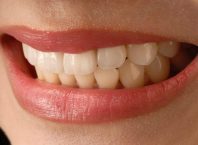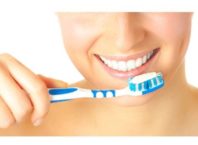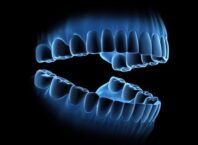Table of Contents
Every dentist wants the best dental care for his/her patients. Proper dental care starts with checking the teeth of the patients. The visual examination does not tell the details of the patient’s condition to the dentist. Therefore, dental x-rays come into the picture. They help the dentist to get to know the intricate details about the dental health of the teeth.
Dental x-ray machines can help the dentist to diagnose the condition of teeth accurately and treat dental issues. The dentists need to have the most reliable instruments so that they get accurate results and efficiently recognize the problems.
With the help of radiographs or an x-ray, a dentist can clearly see your teeth and gums. The dentist can also view your bones and check for problems inside the dental bones. Dental x-rays are the first step towards letting the dentist analyze the condition of your dental health and hygiene.
X-rays also aid the dentist to keep a check on the dental cavities and other dental problems such as wisdom tooth infections, gum infections, root canal infections, etc.
TYPES OF DENTAL X-RAYS
Dental x-rays are essential for the patient and the doctor. It becomes imperative to know different kinds of dental x-rays and their properties. The most famous dental x-rays are periapical, panoramic, and bitewing x-rays. These three types of x-rays diagnose almost all kinds of dental problems.
You need to bite a special piece of paper so that the dentist can get to know the shape of your teeth for dental crowns. A panoramic x-ray takes the pictures from outside the mouth. It captures the full mouth allowing the dentist can see all the issues inside the gums, teeth, and dental bones.
Other dental x-rays include occlusal x-rays that help the dentists to know the condition of the teeth of the children. These dental x-rays are the most important amongst the other x-rays as they cover up almost all the issues of dental hygiene.
HOW OFTEN DO YOU NEED X-RAYS?
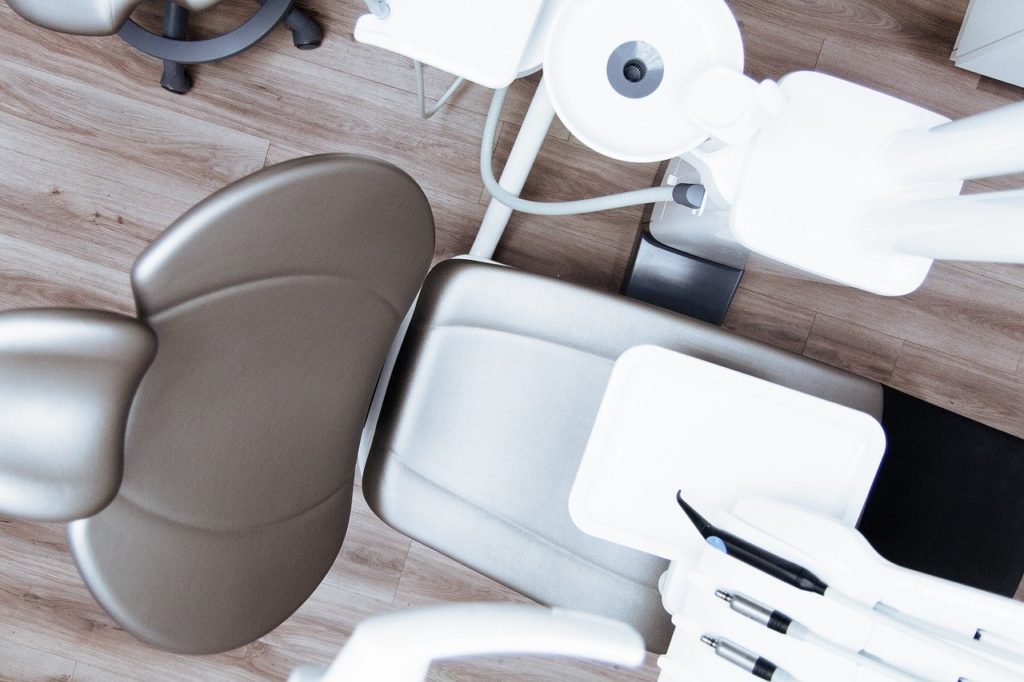
Every patient has different oral health, and therefore, their dental x-ray frequency will vary. For some people, the rate of dental x-rays will be less, while for the others, it might be more. If you are facing some dental issues, there is a possibility that your dentist will ask you for a full panoramic x-ray. But, this will not be the case if you are visiting the dentist for a regular check-up. Therefore, everyone’s need for x-rays varies with the condition of their dental health.
TIPS TO HANDLE DENTAL X-RAY SCANNER
Panoramic scanners are big equipment that requires a lot of care. It becomes necessary for the dentists to take precautionary steps for the functioning of the dental x-ray scanners. There are many ways in which you can handle the dental x-rays machines. The following are 5 ways that specify how you should handle a dental panoramic scanner.
CLEANING THE TUBE OF THE MACHINE
The Panoramic dental x-ray machines have a tube that creates the beam of radiation inside the tube. The dentists should keep a check on the condition of the tube and clean it at regular intervals. The sealed and the unsealed tubes of the x-ray machines should be clean so that the right amount of radiation passes through them.
If the dentists keep a check on the condition and the cleanliness of the tube, then the machines will become more efficient in their environment of operation. This will keep the machines clean and in good condition, and therefore, the dentists will see them working for an extended period.
KEEPING A REGULAR CHECK ON ITS PERFORMANCE
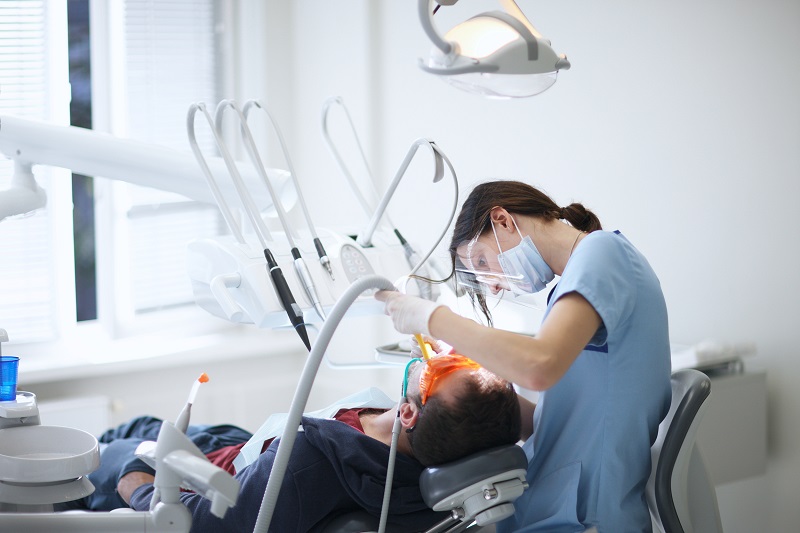
Dentists should be very careful about the performance of the dental x-ray machine. Keeping a check on the functioning and performance of the panoramic dental x-ray machine can give an insight to the dentist about the working condition of the machine.
If the dentist finds that the machine is not working properly or works slowly, the dentist should get the machine checked so that the performance of the machine does not worsen.
GIVING PROPER INSTRUCTIONS TO PATIENTS
The dentists must instruct their patients regarding the dental x-ray machines. The panoramic x-ray machines are sensitive, and therefore, the dentist needs to ask the patients not to touch or play with any part of the machine.
The dentist should also ask the patients to remove all kinds of accessories before getting an x-ray so that the results come out well. If the results of the x-rays are not clear, the dentist can mistake the problem and give the wrong advice to the patient.
The dentist may also ask the patient to get another x-ray in the case of a faulty x-ray. Therefore, a dentist should instruct the patient about the same before the x-ray.
SETTING THE RIGHT EXPOSURE
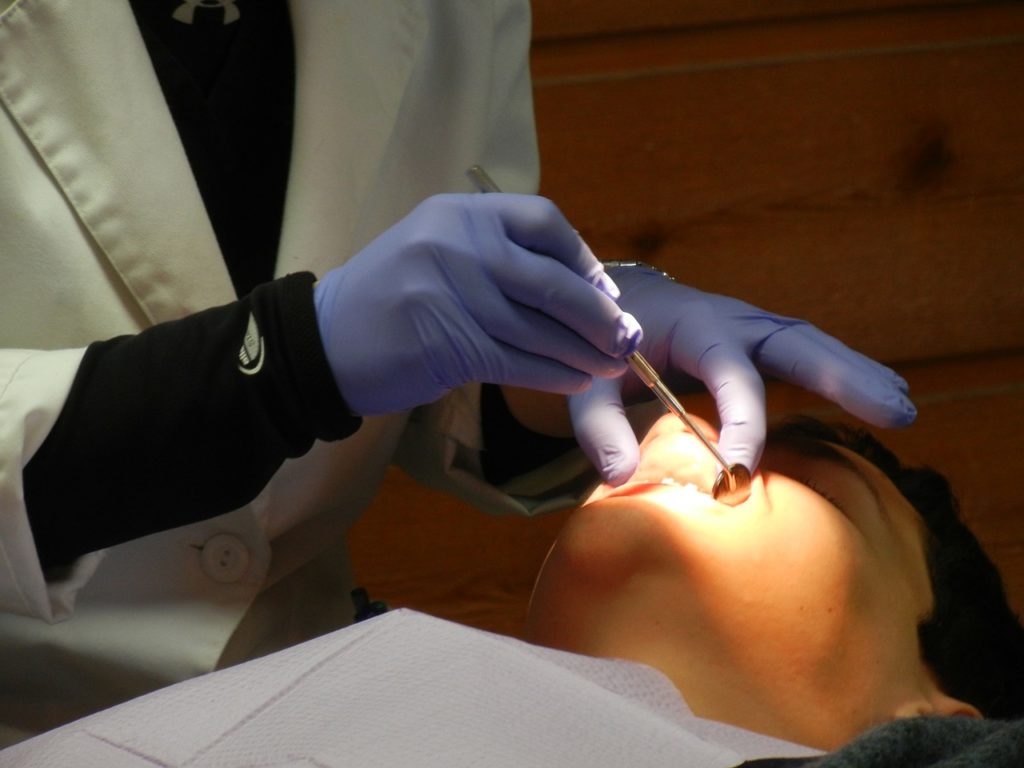
The exposure of the radiation coming from the panoramic x-ray machine should be set in such a manner that it does not create an impact on the functioning of the machine. If there is an imbalance in the percentage of radiations, the x-ray machine can become a bit problematic.
The dentist should set levels of exposure for different types of x-rays so that the functioning of the machine does not suffer. Therefore, setting the right level of exposure to the dental panoramic x-ray machine can make the machine function effectively for a long time.
AVOIDING RETAKES OF THE X-RAY
The dentists need to plan the x-rays in such a way that the perfect x-ray comes in one go only. If the dentist keeps on taking retakes of the x-ray, then the machine might lose its performance. A dentist should see how many times he/she uses the machinery so that he/she can get perfect results in just one take.
Planning for the same is an essential step as it makes it easier for the dentist and the patient. If the alignment of the film and beam of the x-ray machine is right, the dentist can take a perfect x-ray in just one take. Therefore, a dentist should pay attention to all these things before taking an x-ray.
These tips will help and assist the dentist as to how he/she should take care of the machines. The panoramic x-ray machines are expensive, and their care becomes vital for the dentist.
The steps above-mentioned are easy to follow, and the dentist should implement these right after he/she uses the machine. The dentist should also make amendments regarding the size and exposure of the radiation coming from the x-ray machine.













